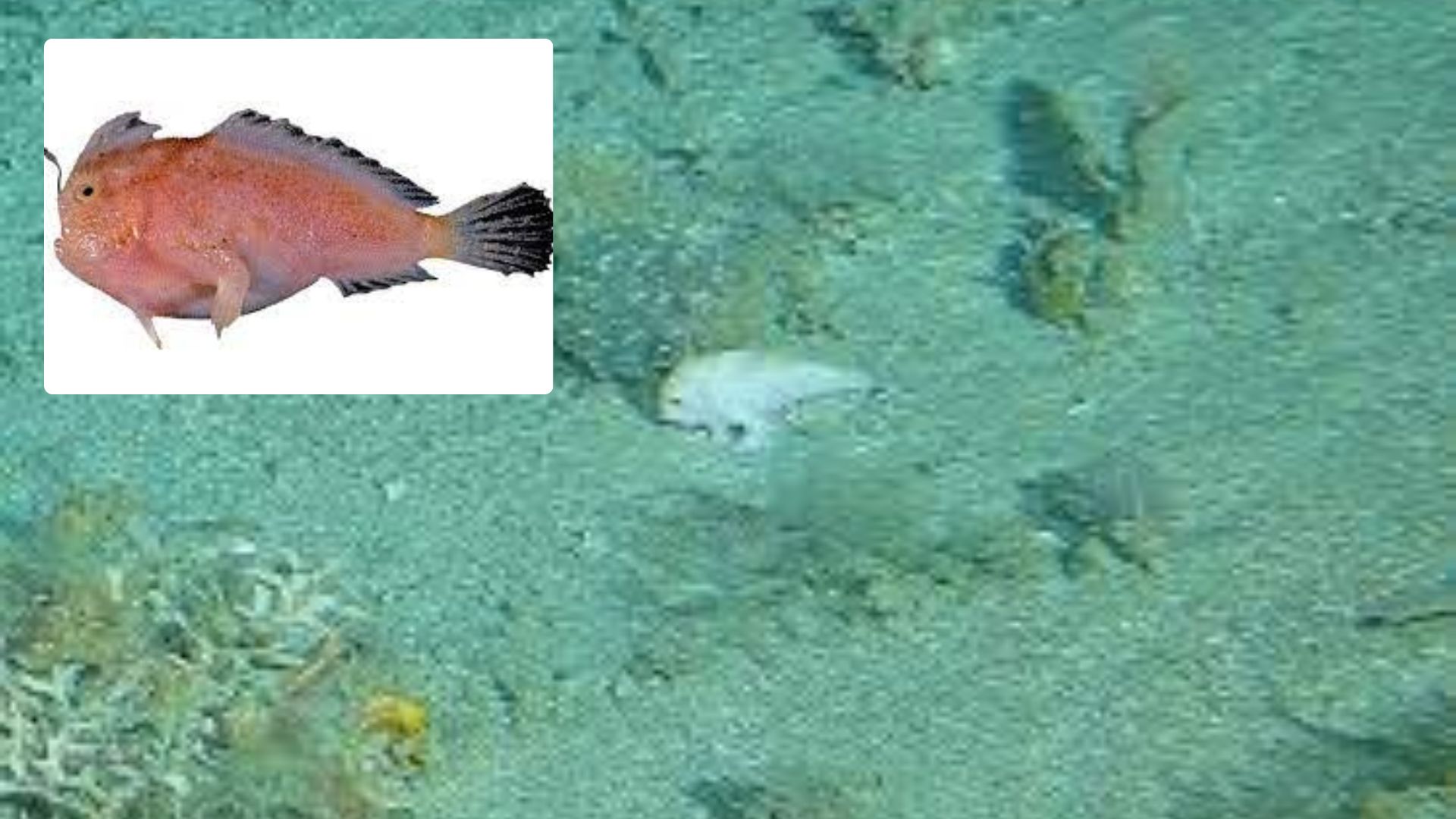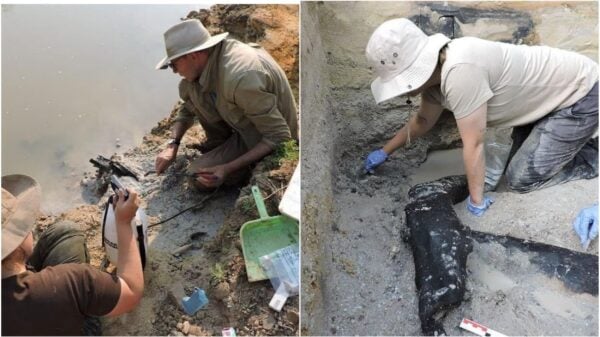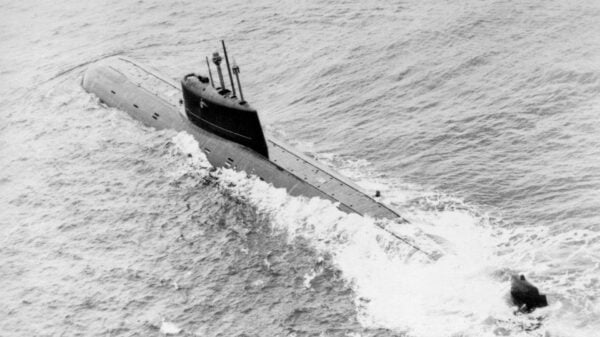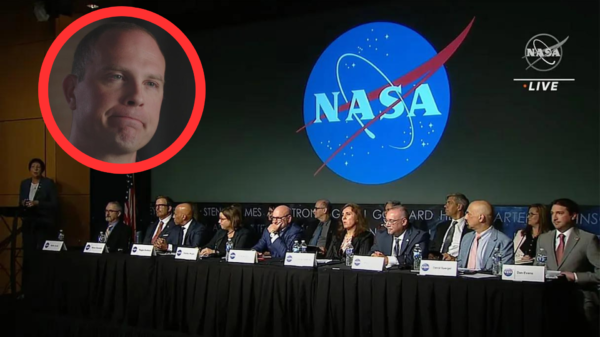The ocean is a mysterious place, and even with the many discoveries humans have made, the mysteries still seem to be unending. Recently, one such mystery was spotted in Australian waters, where scientists believe they saw a narrowbody handfish known as Pezichthys conpressus.
The Pezichthys conpressus is a strange-looking, elusive fish that was last seen 25 years ago. The fish is known to be quite shy, or maybe it just doesn’t like humans. But this time, it couldn’t escape the camera footage of a research voyage undertaken by the South-East Australian Marine Ecosystem Survey (SEA-MES).
The voyage aimed to determine the impacts of climate change on Australia’s fisheries and marine parks. Fortunately, during the exploration, researchers took pictures of this elusive sea animal 958 feet deep in the waters northeast of Flinders Island in Tasmania.
There are only 14 species of handfish, and they are very hard to find, especially as they are sparsely distributed in southeast Australia. And seven species of these fishes have only been found around Tasmania and Bass Strait.
The handfish is quite peculiar; its genus name, Pezichthys, was derived from the Greek words “ichthys” and “pezo”. Ichthys means fish, and Pezo means “walking”. They were given the walking reference because they can walk along the seafloor with their limb-like fins.
Dr. Candice Untiedt, a marine ecologist at the University of Tasmania, sighted the Pezichthys compressus in the voyage’s camera photos. Talking about how excited she was to have spotted the fish, she said, “It is an important discovery…Handfish have a unique shape and feature, so I was sure what I saw was one. I was also lucky to have Carlie Devine, my colleague, a research technician and handfish expert, with me to confirm it.”
Just before the voyage, Carlie Devine had collected 20 endangered spotted handfish, Brachionichthys hirsutus, for inclusion in a captive breeding program. Carlie said, “During this voyage, I hoped to capture a deep water handfish on camera and finding one so early is amazing.”
She further explained that they suspect the fish is a narrowbody handfish, although it is bigger than the two they have on record. It was sighted about 200 kilometres away from its current known location. “We can’t be a hundred percent sure which handfish species it is because of how rare they are to find,” Carlie stated.
The narrowbody handfish was not the only unusual animal the voyage found; the team also came across and caught an intact “pyrosome” in the Freycinet Marine Park off Tasmania’s eastern coastline.
Dr. Rich Little, an Environmental scientist and the voyage’s chief scientist, said, “Pyrosomes are a cylindrical or cone-shaped colony of animals that they usually see in their nets in tiny pieces.”
When explaining the importance of their job, Dr. Candice said that marine voyages with projects like the (SEA-MES) are essential for a better understanding of biodiversity. “They allow us to collect data and give us the information we need to know about the ecosystem and biodiversity,” she said.


















